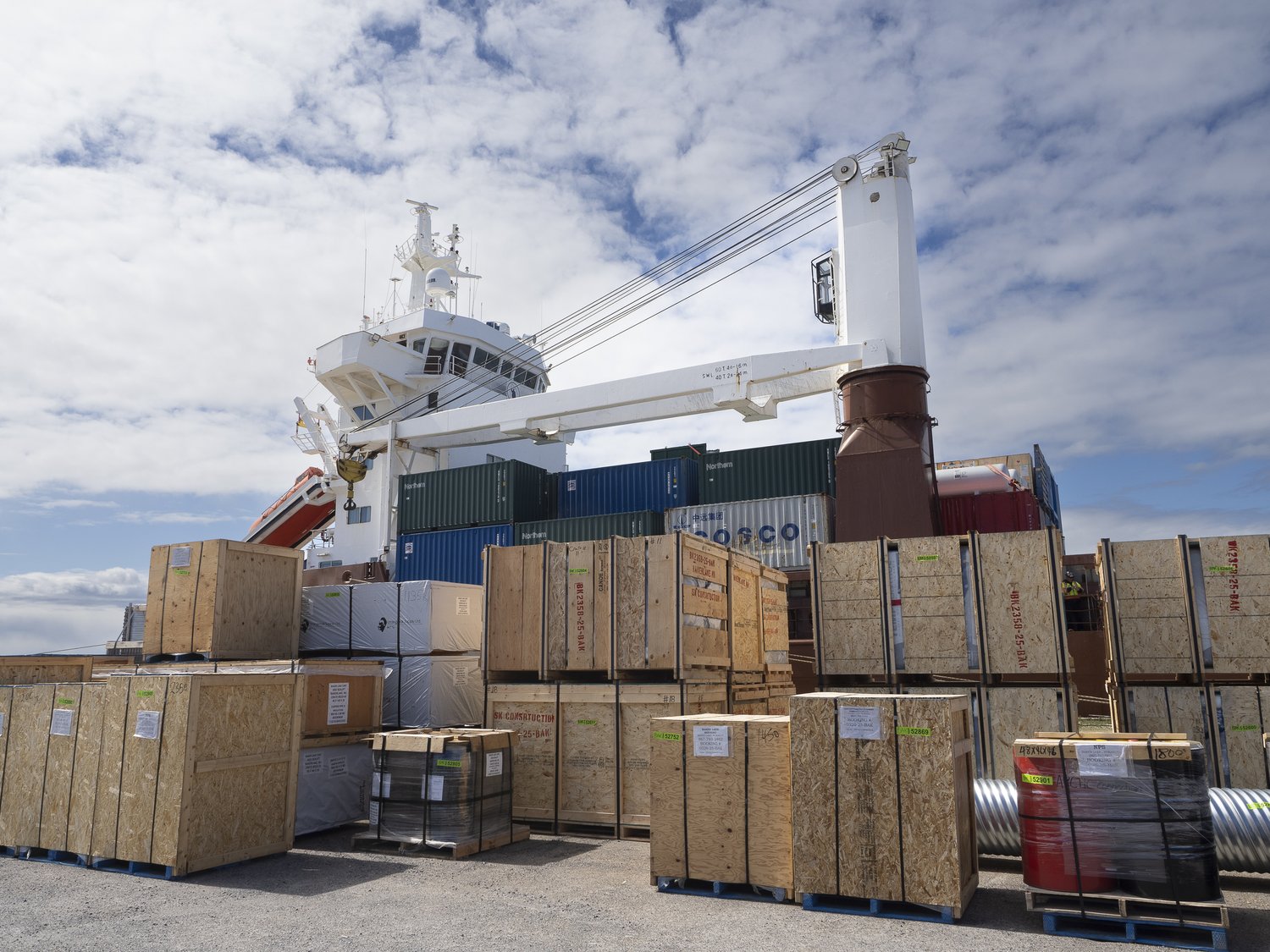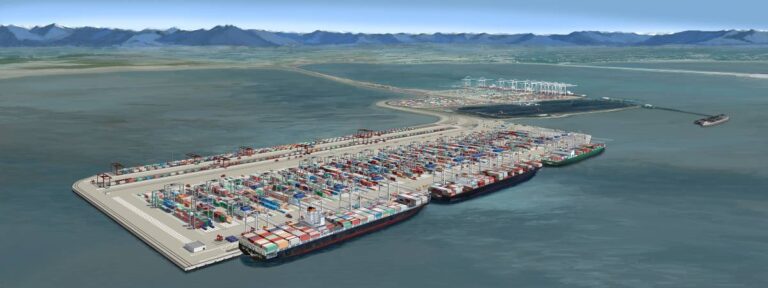Arctic Gateway Group (AGG) announced it is currently undertaking major infrastructure improvements at the Port of Churchill and along the Hudson Bay Railway. With expanded freight operations, new construction at the Port of Churchill, and upcoming port modernization projects, AGG is investing in long-term strength for Canada’s Arctic trade corridor.
“The investments we are making are setting the stage for a new era of growth and Northern economic activity, unlocking the trade and transportation potential of Canada’s Arctic Trade Corridor to better serve the Canadian national interest,” said Chris Avery, CEO, Arctic Gateway Group
“The Port of Churchill is primed to become a major Canadian trade asset. The investments we are making are setting the stage for a new era of growth and Northern economic activity, unlocking the trade and transportation potential of Canada’s Arctic Trade Corridor to better serve the Canadian national interest.”
A second weekly wayfreight train is now operating along the Hudson Bay Railway, following successful efforts to train and hire new conductors for the Northern workforce. This expansion has also been made possible by years of investment in railway rehabilitation and new technologies that keep the railway strong and safe. The Hudson Bay Railway is now in its best condition in more than 30 years.
“This marks a new level of service and reliability along the line,” said Avery. “We’ve reached this point by investing in the people and technologies needed to operate safely and reliably in Canada’s North.”
AGG’s investments in hiring and training local conductors and railway staff have deepened the company’s workforce capacity, while partnerships with Canadian firms such as TrackSense by DecisionWorks and Aposys have brought new technologies into the field. These include ground-penetrating radar, LiDAR, drone inspections, GPS-tracked maintenance, land-based sensors, and artificial intelligence for data monitoring.

Construction is now complete on a new critical mineral storage facility at the Port of Churchill. Once operational, it will triple the port’s storage capacity for critical minerals, meeting growing demand from the Canadian mining sector and positioning Churchill as a key hub for resource exports. This facility can also support the storage needs of other commodities, such as certain types of potash.
“Manitoba, Nunavut and Western Canada hold vast amounts of critical minerals,” said Avery. “With more storage capabilities at the Port of Churchill we can better meet the needs of Canadian critical mineral producers looking for new, reliable trade routes.”
In the coming months, major modernization work will begin at the Port of Churchill. Work this year includes the refacing of the wharf, ensuring long-term safety and operability as shipping traffic grows. These upgrades will enhance the Port’s ability to handle bulk cargo efficiently and safely, and sets the Port up to further diversify export and import commodities.
The first Arctic supply ship of the 2025 season arrived at the Port of Churchill over the weekend, loading construction equipment, essential goods, and building materials to be exported to the Kivalliq region of Nunavut. AGG has a long-standing relationship with Kivalliq communities, with partnerships in place for expanded growth.
“We’re focused on building a resilient transportation corridor that people in the Canadian North can rely on, one that also serves the trade, transportation, and security needs of a changing Arctic,” said Avery.
Featured image: (Arctic Gateway Group)












